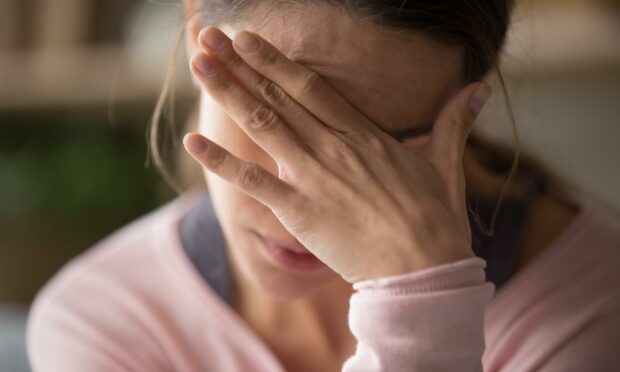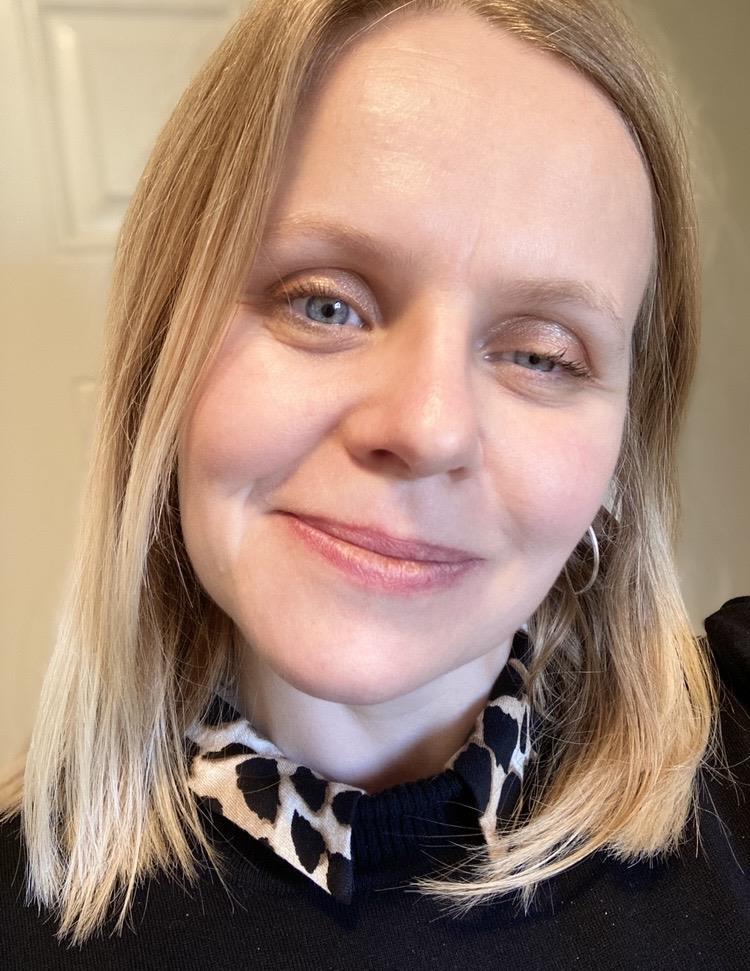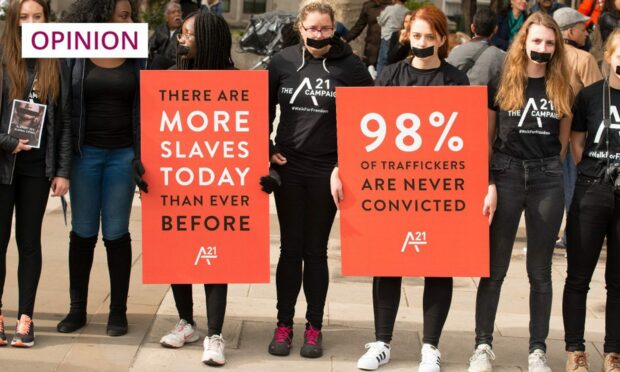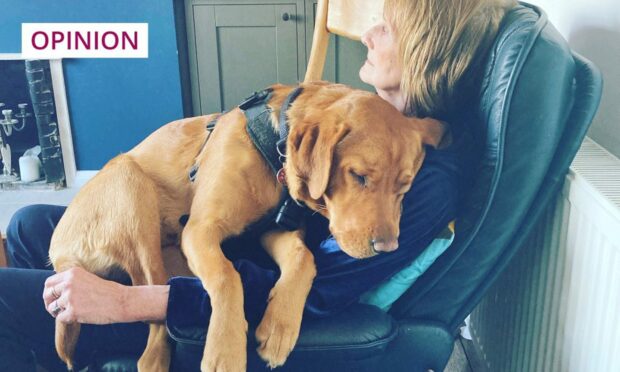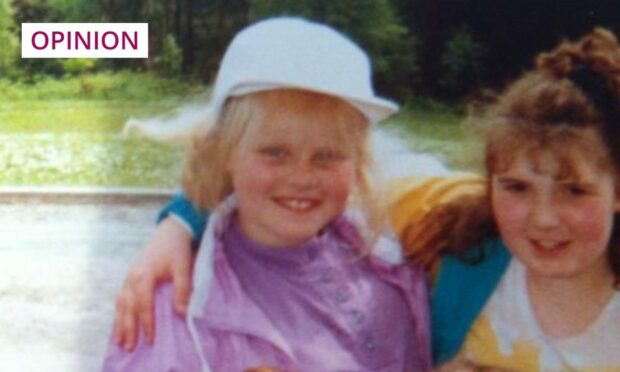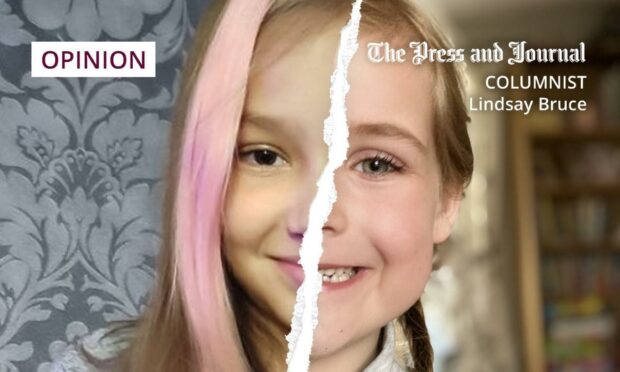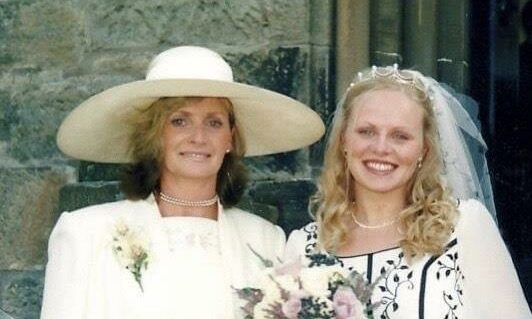It couldn’t have been more than 12 hours after cancer surgery when my Geordie nurse approached me.
“Do you want to see a mirror, pet?”
Still tired, I nodded. Of course I had touched the scar on my neck already, and had seen my groggy reflection as I video called my kids. However, I had, until that moment, put off analysing in any detail what I looked like.
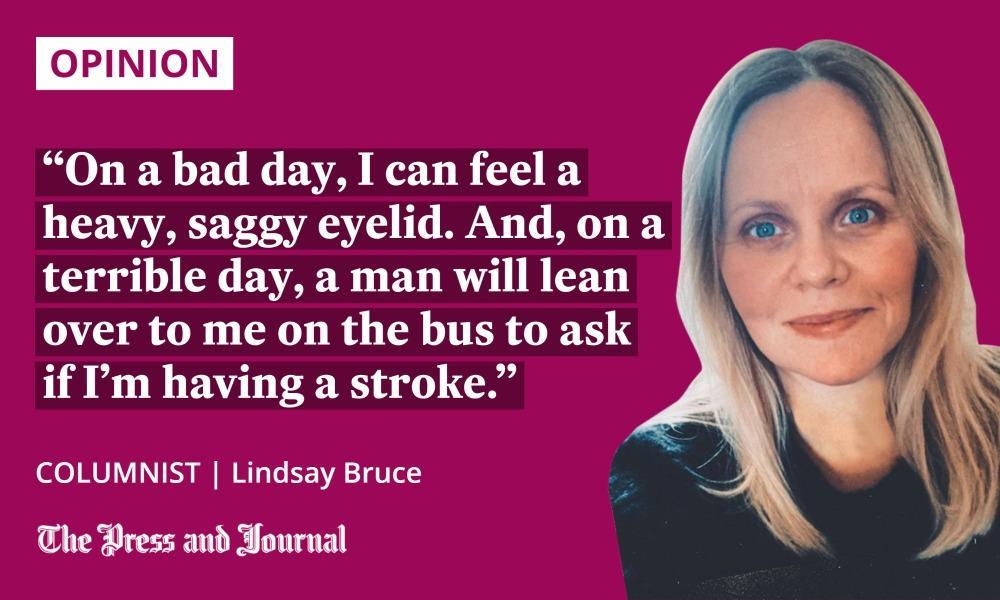
The woman opposite was back for her second operation. The scar she bore gave me hope. And, actually, seeing my own neck stapled wasn’t as bad as I had imagined.
It’s hard to look in the mirror
But it turns out it’s a lonely path, the one from the hospital, after they cut cancer out your body, to your new life as a “survivor”.
It’s not because support groups don’t exist for cancer patients. They do, and they’re amazing.
This isn’t even because my cancer – papillary thyroid cancer with lymph node involvement – is fairly uncommon.
It’s because each of us are the only humans occupying our bodies.
My wise boss said, when explaining my health journey: ‘cancer casts a long shadow’. It’s true. 14 months from radiation (‘safe’ radiation at that) I’m still suffering. Blocked salivary glands & another ear/throat/face infection with antibiotics causing sickness. Bleurgh. #thycan
— Lindsay the Bruce (@LLBruce) March 31, 2022
While I walked in with one so-very-far-from-perfect body, I exited with entirely another. I didn’t know it in the moment but, alongside an overwhelming and unequivocal sense of gratitude that this disease was found and removed, I would face a daily struggle to like or even recognise myself in the mirror.
Emotional and physical scars
This isn’t a unique phenomenon. Friends who have lost hair through chemotherapy treatments felt guilty for being more sad about that than a cancer diagnosis.
Facing the decision to have a visible body part removed in order that you increase your odds of survival can only be brutal. Confession: even thinking about that makes me desperately sad and ashamed that I would even liken myself or my minor struggles to those walking in such heavy shoes.
I wonder if that’s part and parcel of it all, though? Learning to live truthfully with your own pain, while each day banking joy and happiness again, I mean.
Well-meaning phrases from supportive friends and family hit different on the other side of ‘let’s just get through this bit’
If it is, I just want to shine some light on the darkness that can descend every time someone says: “At least you don’t need to worry about cancer”, while you’re inwardly grappling with conflicting emotions.
Well-meaning phrases from supportive friends and family hit different on the other side of “let’s just get through this bit”. And it’s ironic that you could end up pushing away all the people who see your beauty as a whole, because they can’t know how hard it’s been to live through the changes.
For me, this is all shamefully shallow. The scar along my neck has actually healed, like a Hollywood make-up team has masterfully covered it up.
Having two major surgeries within a week to remove the gland that helps maintain healthy bodyweight and energy is another story entirely.
Learning to love myself again
During the post-surgery weigh-in, stripping to near nakedness couldn’t save me from an increase of two stones showing on the scale. Chased by: “Best keep an eye on that, you don’t want to be obese with no thyroid.”
Just this week, I found myself bawling like a jilted teenager because someone took a bad picture of me on a rare day when I was actually feeling pretty good. It’s a ride, I’m telling you.
Unusually, my face was damaged by my thyroid surgery, too. During a radical neck dissection, there were more necrotic lymph nodes than expected, and a nerve was scraped.
The result is the hilarious-to-my-kids Horner Syndrome; one side of my face has no fight-or-flight reflex anymore, making my eye droop and my pupil unresponsive. If I have a bath, one cheek goes red and the other doesn’t.
It’s like having a sarcastic face: one side half-smirking and the other giving a death stare.
On a bad day, when I’m tired, I can feel a heavy, saggy eyelid. And, on a terrible day, a man will lean over to me on the bus to ask if I’m having a stroke. I don’t suppose silently crying helped ease the awkwardness.
The current state of play, despite this tale of woe, is that I’m in awe – and I’m inspired – by all those who’ve come through any emotionally and physically-scarring health journey with any kind of spring in their step. I’m not quite there yet, but every day is becoming bouncier.
So, whether you don’t feel like yourself through sickness or because of another of life’s curveballs or because, well, Covid and all its hideous faces, hear me, friend: you’re not the only one.
Hopefully that little nugget will sustain you as much as it does me.
Lindsay Bruce is obituaries writer for The Press and Journal, as well as an author and speaker
